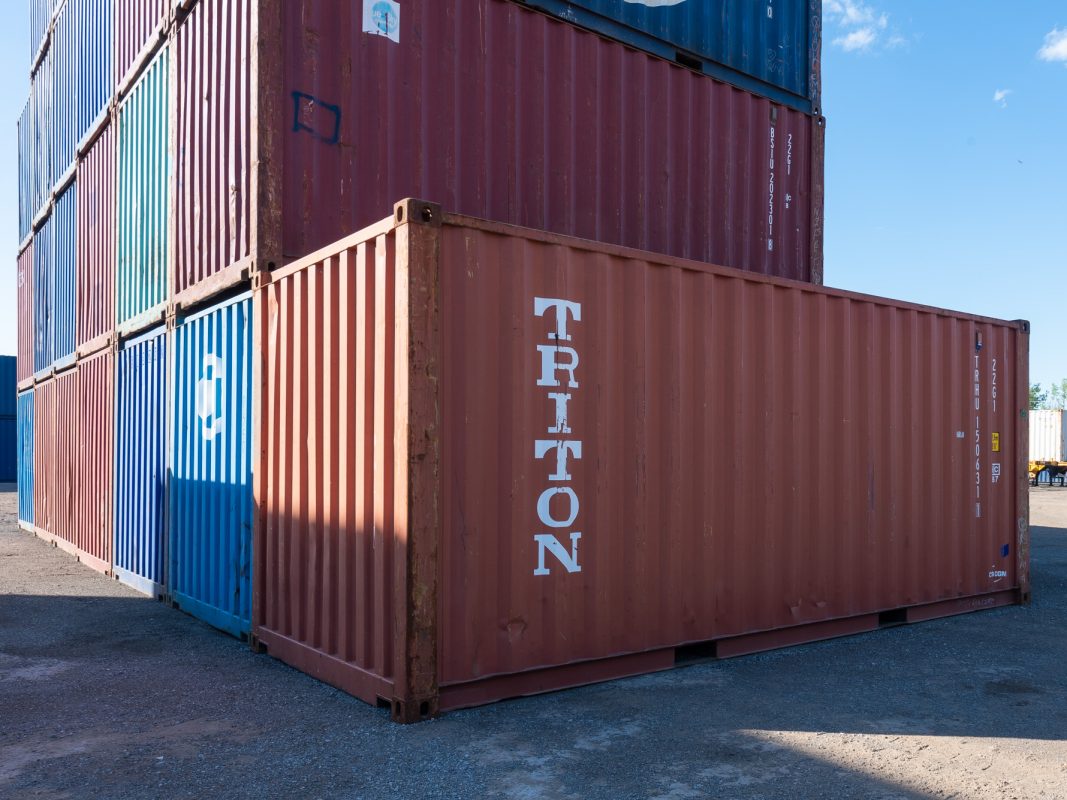Shipping Containers for Disaster Relief: Quick, Efficient, and Effective Solutions

In the wake of natural disasters, swift and effective responses are critical for providing relief and aid to affected communities. Shipping containers have emerged as a versatile and practical solution for disaster relief efforts, offering quick, efficient, and effective means of delivering assistance. Their unique properties make them ideal for a variety of applications in disaster-stricken areas, from providing emergency shelters to storing vital supplies.
- The Versatility of Shipping Containers
Shipping containers are robust, weather-resistant, and highly adaptable structures. Originally designed for transporting goods across long distances, their inherent strength and durability make them well-suited for disaster relief. Their versatility is one of their greatest assets. Whether repurposed as temporary shelters, medical clinics, storage units, or mobile command centers, shipping containers can be modified to meet various needs.
- Rapid Deployment and Setup
One of the primary advantages of using shipping containers for disaster relief is their rapid deployment capability. They can be easily transported by truck, ship, or rail to disaster zones, minimizing delays in delivering aid. Once on-site, these containers can be quickly converted into functional spaces with minimal construction time. This speed is crucial in emergencies when every moment counts.
- Durable and Weather-Resistant
Shipping containers are designed to withstand harsh environmental conditions, including extreme temperatures, heavy rainfall, and high winds. Their metal construction provides a strong barrier against the elements, ensuring that the contents remain secure and protected. This durability is particularly valuable in disaster zones, where traditional structures might be compromised by the same conditions.
- Modular and Scalable Solutions
The modular nature of shipping containers allows for scalable solutions in disaster relief efforts. Multiple containers can be joined together to create larger facilities or complex structures, such as field hospitals or community centers. This modular approach also facilitates the expansion of relief efforts as needed, allowing organizations to adapt to the evolving requirements of a disaster response.
- Cost-Effective and Sustainable
Compared to building new structures from scratch, repurposing shipping containers is often more cost-effective. They are readily available and can be acquired at a lower cost than traditional construction materials. Additionally, using existing containers for disaster relief reduces waste and promotes sustainability by repurposing materials that might otherwise be discarded.
- Applications in Disaster Relief
- Emergency Shelters: Shipping containers can be transformed into temporary housing units for displaced individuals and families. Equipped with basic amenities such as beds, lighting, and ventilation, these shelters provide a safe and secure environment in the aftermath of a disaster.
- Medical Clinics: Mobile medical units constructed from shipping containers can serve as field hospitals or clinics, providing essential medical care and treatment to affected populations. These units can be equipped with medical supplies, examination rooms, and other necessary facilities.
- Storage Units: Containers are ideal for storing and organizing relief supplies, including food, water, clothing, and medical equipment. Their secure and weatherproof nature ensures that these critical resources remain intact and accessible.
- Command Centers: Shipping containers can be used as mobile command centers for coordinating relief efforts and managing logistics. Equipped with communication equipment and office space, these centers facilitate effective management and coordination in the field.
- Case Studies and Success Stories
Several organizations have successfully utilized shipping containers in disaster relief efforts. For example, in the aftermath of Hurricane Katrina, shipping containers were used to provide temporary housing and storage solutions for affected communities. Similarly, during the 2015 Nepal earthquake, containers were employed to set up field hospitals and distribute aid to remote areas.
- Challenges and Considerations
While shipping containers offer numerous advantages, there are some challenges to consider. Ensuring proper insulation and ventilation in extreme climates can be necessary for maintaining comfort and usability. Additionally, logistical planning is required to transport and deploy containers efficiently.
Conclusion
Shipping containers have proven to be a valuable asset in disaster relief efforts, offering quick, efficient, and effective solutions for a range of needs. Their versatility, durability, and cost-effectiveness make them an ideal choice for providing emergency shelters, medical facilities, storage, and command centers. As disaster response strategies continue to evolve, the use of shipping containers is likely to remain a key component in delivering timely and impactful aid to those in need.

